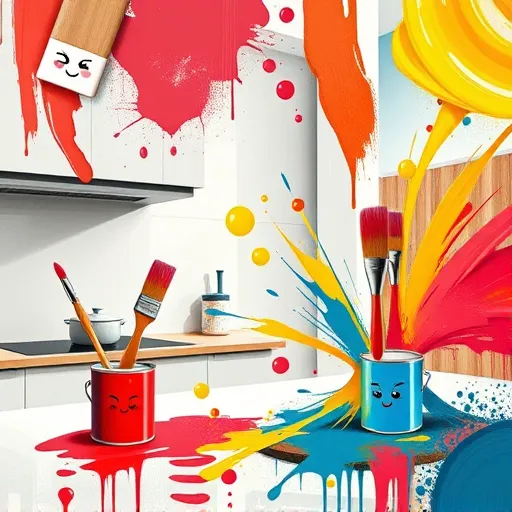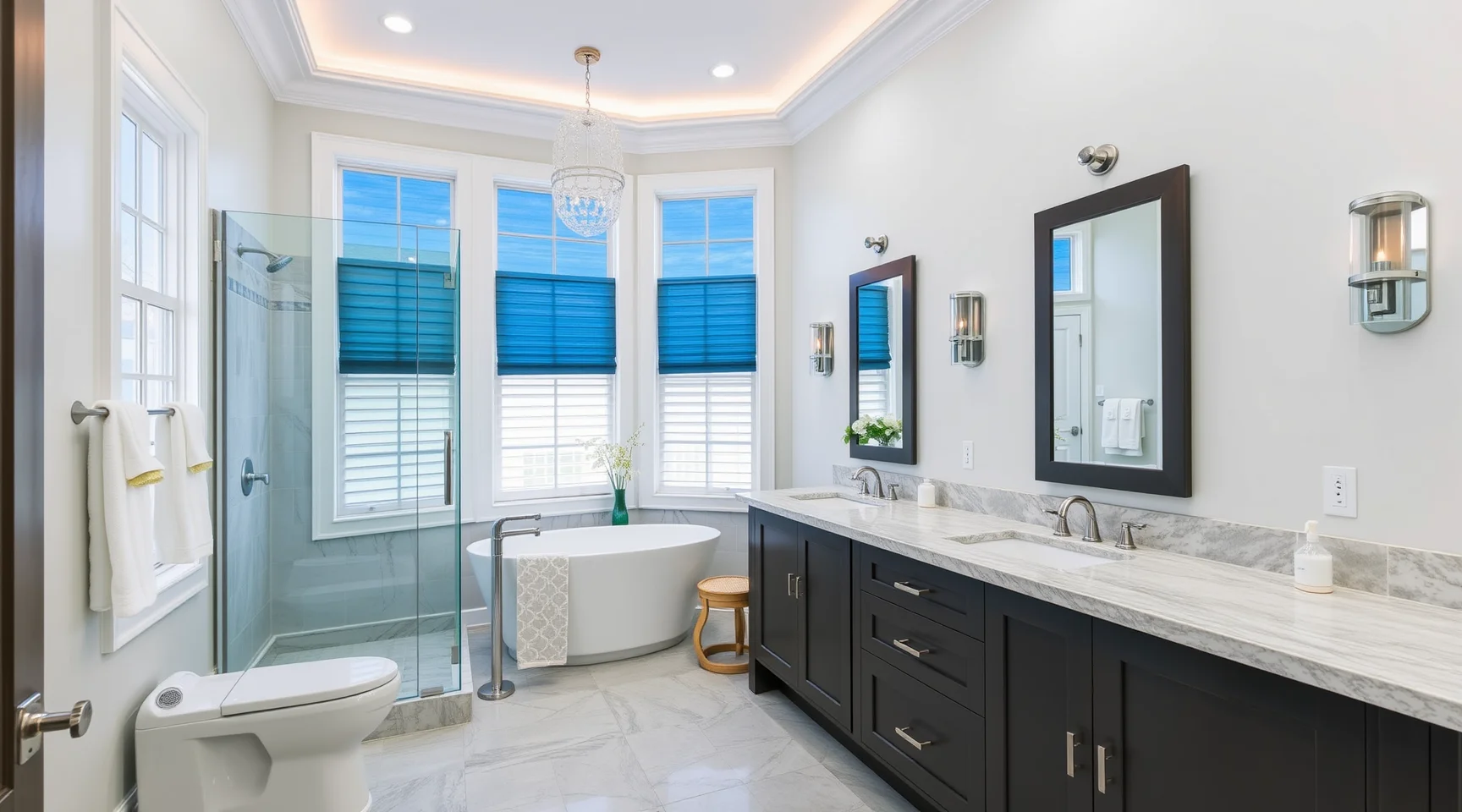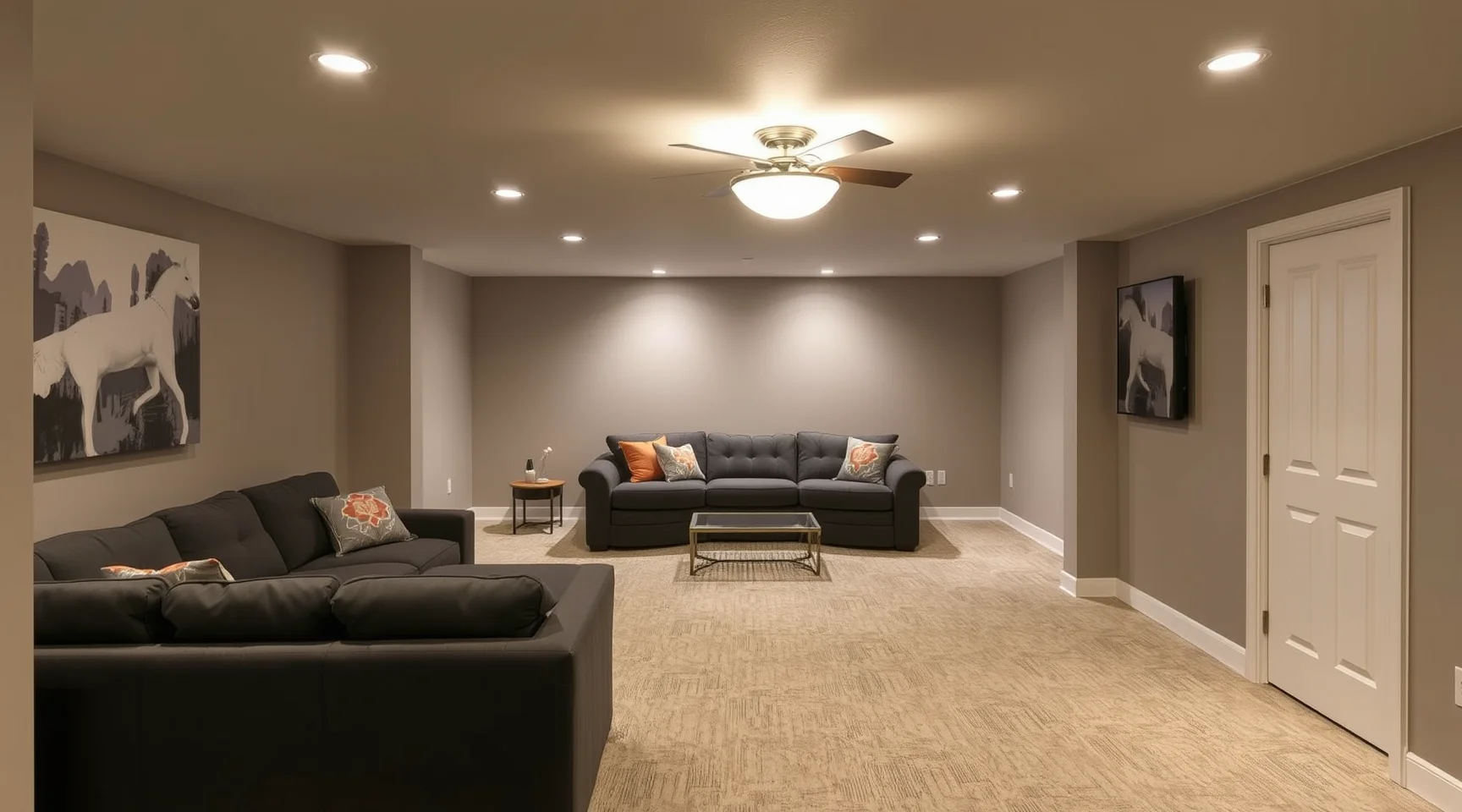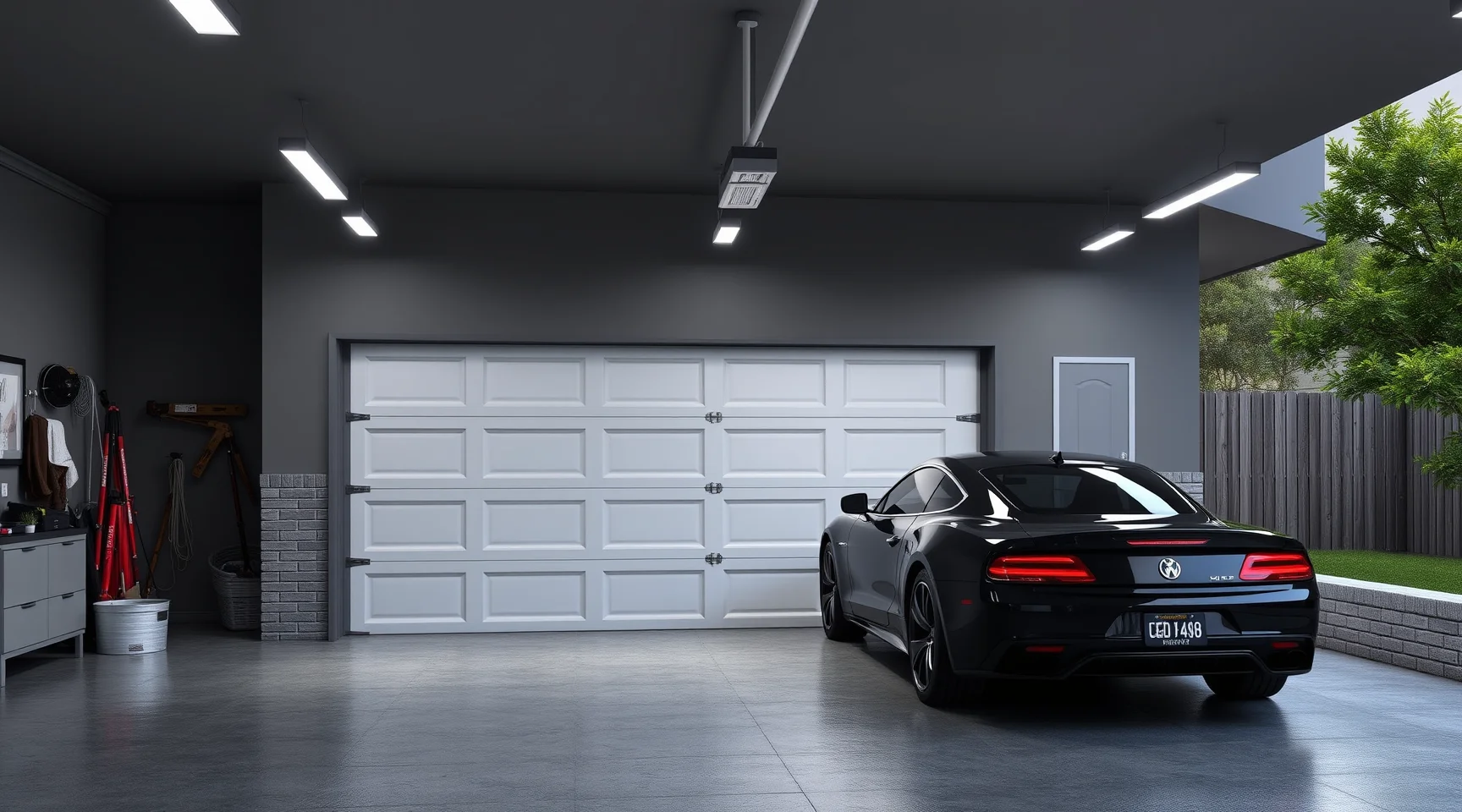
What is the Best Paint for Kitchen Walls? Top Tips & Choices
What Is the Best Paint for Kitchen Walls? An Experimental Exploration of Color, Durability, and Inspiration
If you've ever stood in front of a wall of paint swatches, overwhelmed by endless choices, you're not alone. The quest for the perfect kitchen wall paint is as much an art as it is a science. At Alpha Omega Home Remodeling, we believe that finding the ideal paint isn't just about color — it's about understanding the unique chemistry, finishes, and your personal style to create a space that resonates vibrancy and lasts through time. This experimental guide dives deep into the world of kitchen paints, uncovering secrets that will revolutionize your remodeling journey.
Why Is Choosing the Right Paint for Kitchen Walls a Creative Experiment?
Your kitchen is more than a place to cook; it's the heart of your home, a space brimming with life, aroma, and activity. The paint on these walls must withstand humidity, splashes, and constant touch, all while making a statement. Think of selecting kitchen paint as a nuanced experiment — balancing craftsmanship with artistic vision. The best paint isn't just about the color but how it interacts with light, environment, and your lifestyle.
What Are the Essential Factors to Consider Before Picking Your Kitchen Wall Paint?
Moisture Resistance: Does the paint resist kitchen humidity and splatters?
Durability: Will it withstand daily wear and tear?
Finish: Are you leaning toward matte, satin, semi-gloss, or high-gloss?
Color Psychology and Vibration: What mood are you cultivating?
Eco-Friendliness: Are environmentally conscious choices important?
How Does Finish Impact the Longevity and Appearance of Your Kitchen Paint?
Finishes are the unsung heroes of paint selection. Matte finishes offer a sophisticated, velvety look but can hide imperfections less effectively and may be less resistant to cleaning. Satin and semi-gloss finishes strike a balance—shiny enough to repel splashes, yet subtle enough to hide minor flaws. High-gloss paints are durable and easy to clean but can reflect light sharply, emphasizing surface irregularities. Understanding these nuances transforms your kitchen walls from mere surfaces into experimental canvases.
Which Types of Paint Are Most Suitable for Kitchen Walls? Exploring the Options
What Makes Latex-Based Paint a Top Contender?
Latex or water-based paints are celebrated for their ease of application, quick drying times, and flexibility. Modern formulations have evolved, boasting increased resistance to moisture and staining, making them a stellar choice for busy kitchens. They emit fewer fumes, which aligns with eco-conscious remodeling practices.
Should You Consider Oil-Based Paint for Kitchen Walls?
While oil-based paints are known for their durability and smooth finish, they come with drawbacks like longer drying times, stronger odors, and more challenging cleanup. However, in high-traffic areas or for accent walls demanding extra resilience, oil-based paint can offer an extra layer of protection for your kitchen's longevity.
How Do Specialty Paints Elevate Your Kitchen Aesthetic?
Experimenting with specialty finishes like chalkboard paint, metallic sheens, or textured coatings can turn mundane walls into statement pieces. For inspiration on bold accents, check out bold backsplash patterns that complement experimental wall textures, adding layers of personality to your culinary space.
What Are The Best Color Choices to Infuse Energy and Warmth into Your Kitchen?
Color psychology plays a pivotal role in creating an ambiance. Vibrant yellows evoke warmth and optimism, while calming blues promote relaxation. Reds can energize the space, and earthy tones foster comfort. For a truly personalized touch, consider palette experiments that align with your design aspirations, such as deep, moody hues or subdued pastels. Remember, lighting can dramatically alter how these colors appear in your space, making strategic testing essential.
How Can You Experiment With Color Shades Without Committing Prematurely?
Try sampling small patches on different walls and observe how natural and artificial light interact at various times of the day. Use colored painter’s tape to create geometric patterns or stripes, transforming wall tests into creative experiments. This approach helps visualize the final outcome without the risk of costly mistakes.
How To Achieve Vibrant, Lasting Color in Your Kitchen Walls: A Step-by-Step Guide
Preparation is Key: Clean walls thoroughly to remove grease and dust. Patch holes and sand rough patches for a smooth canvas.
Prime the Surface: Use a high-quality primer that matches your chosen finish and paint type to ensure better adhesion and durability.
Select Your Paint Wisely: Opt for moisture-resistant latex-based paints with a finish that aligns with your aesthetic and functional needs.
Application Techniques: Use high-quality brushes and rollers. Apply thin, even coats, allowing each layer to dry fully before the next.
Layer and Seal: For vibrant, lasting color, layering is essential. Consider a protective topcoat or sealer to extend your wall’s life and keep colors popping.
How Can Creative Experimentation Elevate Your Kitchen Design?
Beyond paint, integrating bold backsplash patterns, unique cabinetry, or inventive lighting can amplify your walls’ vibrancy. For contextual inspiration, explore kitchen design with 5x6 layouts that showcase how color and layout influence perception and ambiance.
Why Is It Important to Think Holistically When Choosing Kitchen Wall Paint?
Color and finish choices should harmonize with your entire kitchen aesthetic—from flooring (like detailed hardwood flooring options) to countertop styles and cabinet designs. This holistic approach ensures your color experiment is not only visually striking but also seamlessly integrated into your living space.
What Are Practical Tips for Maintaining Your Vibrant Kitchen Walls?
Clean walls regularly with gentle, non-abrasive cleaners suitable for your paint finish.
Avoid harsh chemical agents that can strip paint or cause discoloration.
Incorporate splash guards around cooking areas to protect your fresh paint.
Touch up as needed, emphasizing your experimental style rather than perfection.
Frequently Asked Questions (FAQ)
What is the most durable paint for a high-traffic kitchen area?
Highly durable paints are usually satin or semi-gloss latex formulations. They balance resistance to moisture, stains, and frequent cleaning, making them ideal for kitchen walls exposed to daily messes.
Can I use matte paint on kitchen walls?
Matte paints offer a sophisticated look but are less resistant to stains and cleaning. If you prefer matte finishes, opt for specially formulated washable matte paints designed for high-moisture areas.
How do I prevent paint from peeling in my kitchen?
Proper surface preparation, high-quality primer, and selecting moisture-resistant paints are key. Regular maintenance and avoiding excessive humidity build-up also prolong the life of your paint.
Conclusion: Unlock the Creative Potential of Your Kitchen Walls
Choosing the best paint for kitchen walls isn't merely a technical decision—it's an experimental voyage into color, texture, and environment. By understanding the components that influence durability, finish, and aesthetic appeal, you can craft a vibrant space that reflects your personality and stands the test of time. At Alpha Omega Home Remodeling, we're passionate about transforming not just walls but entire living experiences. So go ahead, experiment boldly, and let your kitchen walls tell a story worth savoring.




















